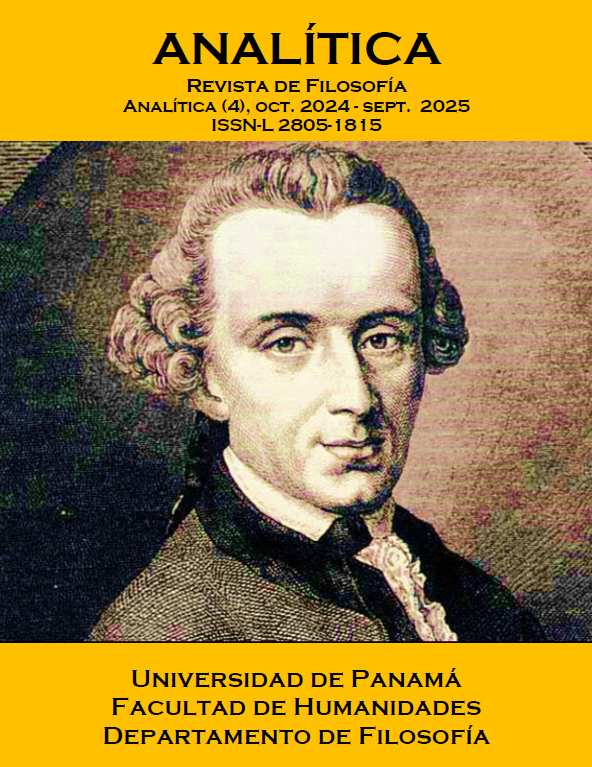

Copyright (c) 2024 Analítica

This work is licensed under a Creative Commons Attribution-NonCommercial-ShareAlike 4.0 International License.
In this contribution we identify, analyze and interpret Einstein's elevator as a paradigmatic thought experiment (TE) that shows how modern physics may surpass classical mechanics.
On surface analyses we show that Einstein’s elevator is, in fact, a series of interrelated TE, TE1 through TE6, involving two frames of reference – or two systems of coordinates, K and K', deducing principle of relativity from Galileo – and two observers, an inside and outside observer. On deep analyses of Einstein's elevator appears a deconstructive TE featuring principle of relativity, destructing, falsifying Newton's theory, that does not hold on to principle of relativity, and constructing, verifying Einstein's, that does.
On interpretation, admitting theoretical TE may have flaws as with regard to imaginability, conceptual and terminological coherence, we argue that TE are usually valid as arguments, and are rather considered antifallacies than fallacies. TE may develop on analysis from prima facie or secunda facie (in)conceivability to ideal (in)conceivability; our logical analyses validate Einstein’s elevator as a paradigmatic TE.
Lastly, we may add two 21st-century conditions to (e.g. Karl Popper's) view of growth of science –global cross-culturalism and environmental pragmaticism– to arrive at a balanced view of progress of science and society1.